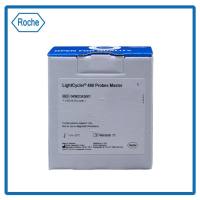Oxidative stress is recognized to be involved in many pathological conditions, such as inflammation, arteriosclerosis, and neurodegenerative diseases. Reactive oxygen species (ROS), which induce oxidative stress responses, appear to induce different biochemical and cellular changes in each pathological condition. To elucidate the roles of ROS in these diverse pathological conditions, the measurement and evaluation of oxidative stress at subcellular levels would be very effective. We have developed EPR probes for oxidative stress in organelles, which are tagged with a fluorescent function, and assessed oxidative stress of the membrane and mitochondria using chemical probes for the corresponding organelles. These probes are localized to the expected cellular regions confirmed by confocal fluorescent microscopy, and for demonstration, the probes are employed to detect oxidative stress in RAW264.7 cells stimulated with LPS/IFN-γ. From the radical clearance rate of the probes localized in both the membrane and mitochondria, oxidative stress has been found to be consistently more severe in the membrane region, where NADPH oxidase is known to be upregulated by LPS/IFN-γ treatment. These specific probes have depicted each organelle under different oxidative stress conditions by a specific exogenous oxidative stimulus.






